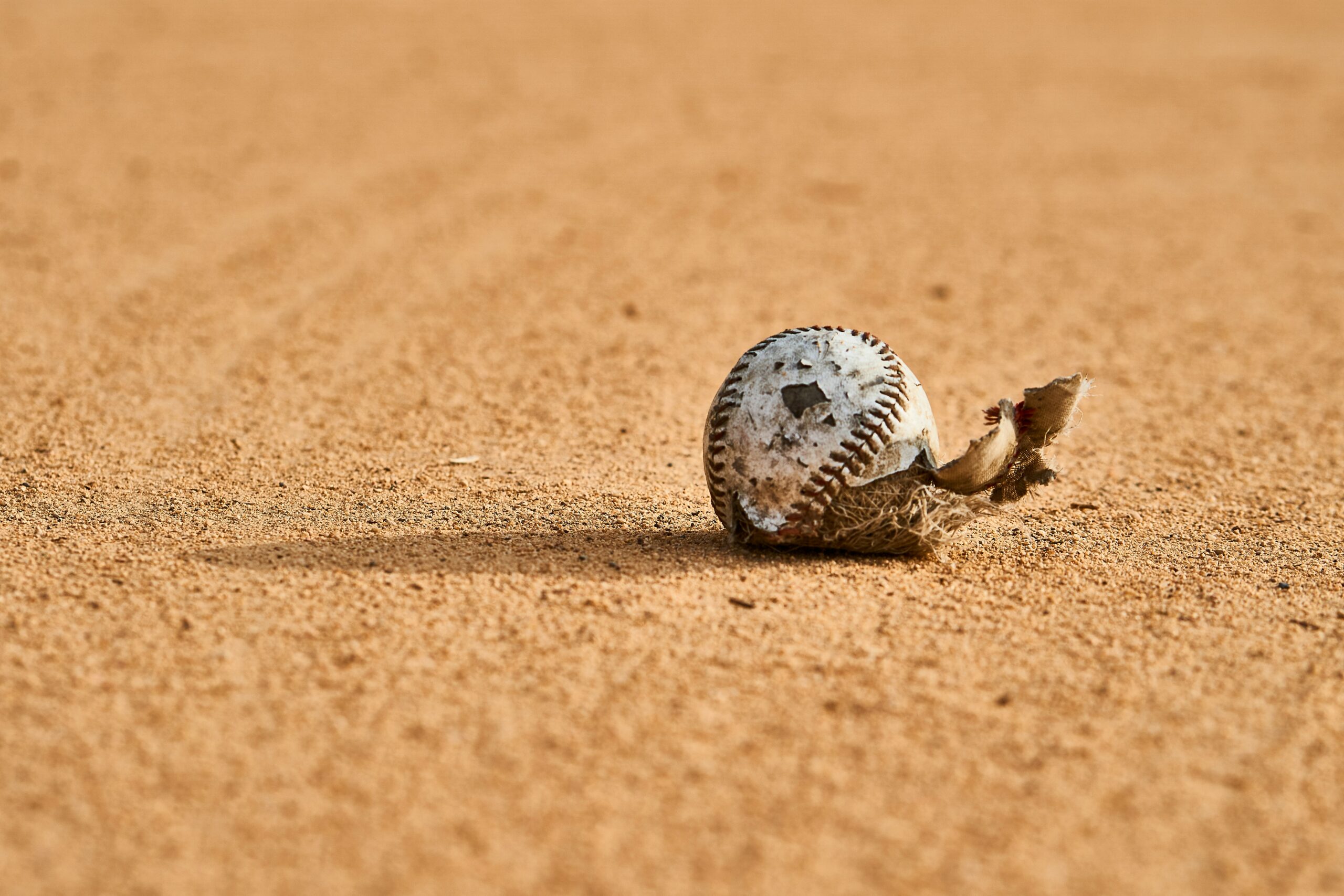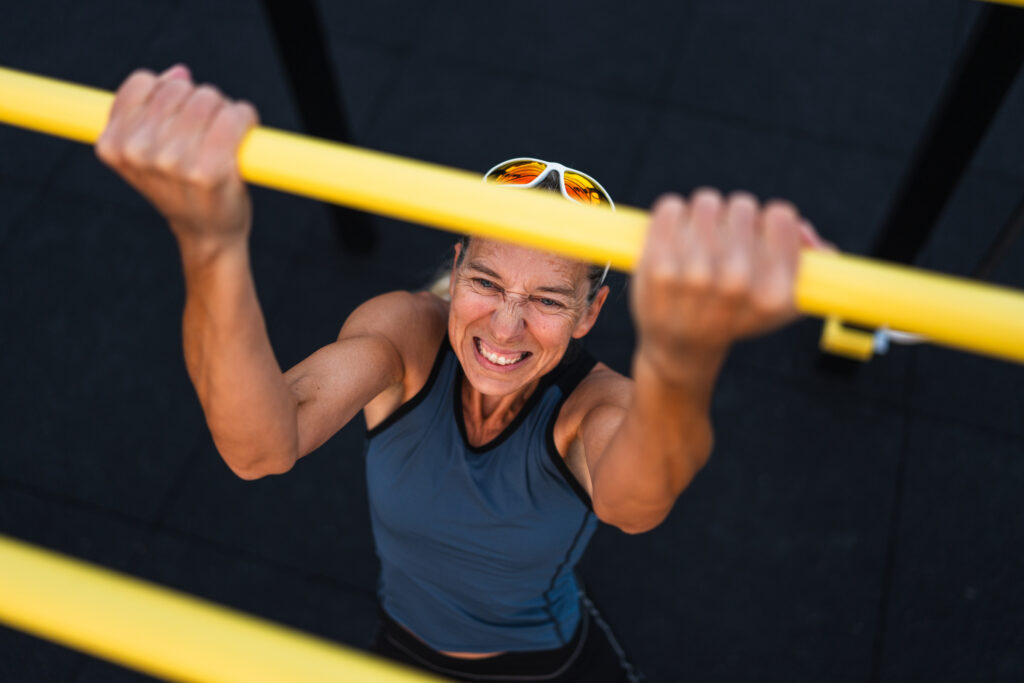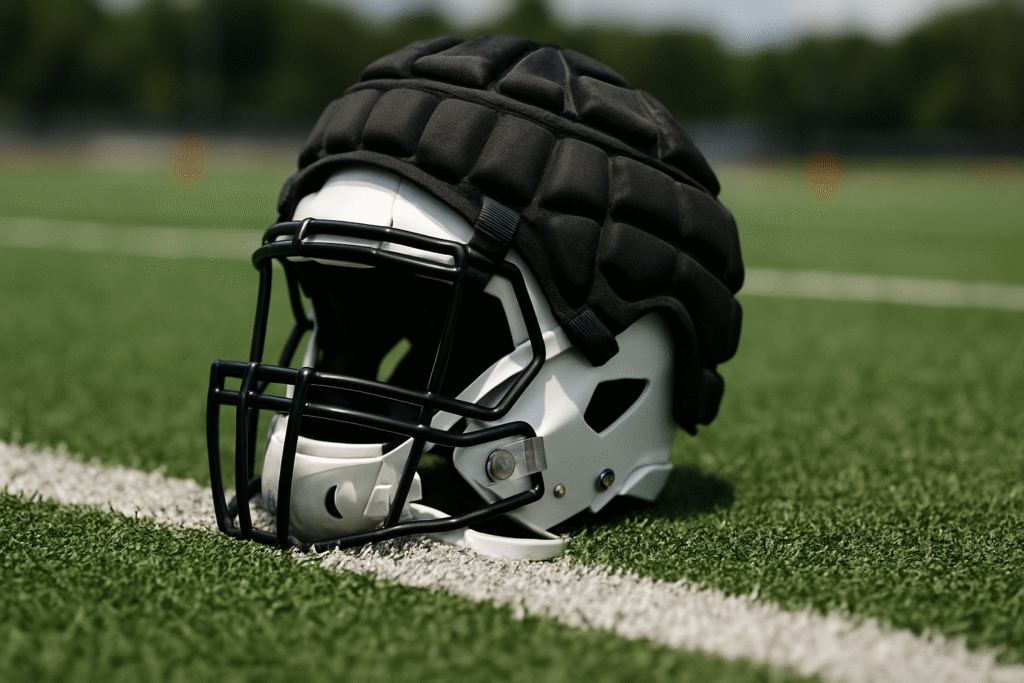The throwing arms of baseball players, especially pitchers, are exposed to some of the most demanding biomechanical loads in sports. These stresses lead to both adaptive and pathologic changes in the shoulder and elbow. As the incidence of throwing-related injuries continues to increase, it is critical that sports medicine specialists have a sound understanding of all extrinsic and intrinsic factors to properly prevent injury, recognize pathology and optimize return to play.
The throwing motion begins with the generation of potential energy in the lower extremities and trunk. This potential energy is subsequently transferred through the core and ultimately converted into kinetic energy at ball release. Optimization and proper timing of this kinetic chain through all six of the throwing motion phases is critical to improve performance and prevent injury. During the late cocking and early acceleration phases of the pitching motion, torque across the shoulder and elbow can be extremely high. Biomechanical testing of the shoulder has demonstrated sustained compressive forces over 1,000 N and 7,000 degrees rotation per second. The ulnar collateral ligament (UCL) can provide a maximum of 32 N-m of varus torque with every pitch, potentially meeting the ultimate failure load of the ligament. Such testing has been key in understanding and demonstrating the limits to which modern throwers are pushing their bodies.
Given that the throwing arm places significant stress on the shoulder and elbow, baseball medicine specialists are investing time and resources into injury risk prevention and mitigation. The goal is to successfully decrease these loads through biomechanical optimization and appropriate management of acute and chronic throwing workloads. And yet, the incidence of baseball injuries is increasing, and these injuries are occurring in younger players over time. Factors associated with increased injury risk include year-round play, showcase events, increased throwing velocity, the throwing of breaking pitches at young ages and poor mechanics. Additionally, pitching more than 80 pitches per game has been associated with a 380% increased injury risk, and pitching while fatigued has been associated with a 3,600% increased injury risk. Injury prevention has centered on community outreach with programs such as Pitch Smart, which encourages limiting high workloads, especially in youth throwers.
Evaluation of Throwing Injuries
The evaluation of the injured baseball player should start with a thorough history and physical exam. Determining the location of pain, acute/chronic nature of symptoms and symptomatic throwing phase can be extremely helpful to making the correct diagnosis. The physical exam should be comprehensive, including the entire kinetic chain. The shoulder and elbow exams should confirm the diagnosis established in the clinical history. Radiographs are essential, including special and contralateral views as needed. Advanced imaging options are often important but necessitate proper interpretation as positive findings are expected to be encountered in some throwing arms, including asymptomatic arms. Magnetic resonance imaging (MRI) is a mainstay in the diagnostic work-up of throwing injuries, and special views can help elucidate certain pathology, including the abduction external rotation (ABER) view with internal impingement and the flexed elbow valgus external rotation (FEVER) view with UCL pathology. MRI arthrograms can enhance diagnostic capabilities also when trying to identify more subtle pathology in relation to specific injuries, including small and/or partial rotator cuff tears, superior labrum anterior to posterior (SLAP) tears and UCL injuries. For the throwing elbow, ultrasound is becoming a mainstay in diagnostic evaluation, especially in detailing specific findings relating to the UCL, ulnar nerve and other structures, but it is critical to have a provider that has dedicated expertise with this testing to avoid inaccurate results.
Shoulder and elbow injuries in throwers can present a unique diagnostic and therapeutic challenge to sports medicine specialists. In fact, there are a multitude of diagnoses that can result in pain and disability in the throwing arm, and it is critical to understand these pathologies to accurately diagnose and treat the thrower. In youth throwers, the sports medicine specialist should also consider growth plate status as the proximal humeral growth plate (little leaguer’s shoulder), medial epicondyle apophysis (little leaguer’s elbow) and olecranon apophysis (olecranon stress fracture) can all be susceptible to acute stress injury and/or displaced fractures.
Shoulder Injuries
Common shoulder pathologies in baseball include rotator cuff tears, SLAP tears and internal impingement. Internal impingement is commonly encountered in the throwing shoulder as the greater tuberosity impinges against the posterior superior labrum. Adaptive and pathologic changes can occur secondary to glenohumeral increased external rotation, decreased internal rotation and suboptimal biomechanics. Many SLAP tears are thought to be a natural adaption in the throwing shoulder, related to peel back, that allows for increased glenohumeral external rotation and thus increased throwing power. Before considering treatment, it is critical to distinguish between a “good” and “bad” SLAP tear as surgical treatment of the throwing shoulder can often lead to suboptimal outcomes. Nonoperative treatment of SLAP tears is the mainstay of treatment. However, those that extend to the posterior inferior labrum tend to do worse with nonoperative treatment. Rotator cuff tears can be an especially challenging problem in the baseball player, with very poor return to play rates, especially in pitchers.
Elbow Injuries
Common elbow injuries in baseball include UCL tears, posteromedial impingement, flexor pronator strains, lateral or medial osteochondral or chondral injuries, stress fractures and nerve entrapments. The UCL is susceptible to acute/chronic injury, and other associated pathology can result from ligament insufficiency itself. UCL tears can be classified according to injury severity, including sprains with no visualized tear, partial tears and complete tears, as well as injury location, including proximal, mid-substance or distal tears. Initial UCL injury treatment will typically involve nonoperative management consisting of rest from throwing, physical therapy and a throwing biomechanics evaluation. In general, distal and complete tears portend the worst prognosis, especially in pitchers, and may subsequently require operative treatment to allow for successful return to play. Once operative management is considered, UCL repair with InternalBrace, UCL reconstruction or UCL hybrid procedures are the typical treatment options depending upon the type of tear, quality of tissue and other concomitant factors. Regardless of the surgical treatment procedure, return to play rates are considered high and have been reported to occur in 80-95% of throwers depending upon age, preoperative level of play and player position.
Overall, the evaluation and management of throwing arm injuries in baseball players require an advanced understanding of throwing mechanics, adaptive changes and clinical nuances. A detailed history, comprehensive physical exam and tailored imaging strategy are essential for accurate diagnosis and appropriate management. Given the complex nature of interpreting pathology and devising successful management plans for throwing arm injuries, quality and efficient care should involve clinicians with expertise in baseball medicine to ensure optimal outcomes and timely return to play.
About the Authors

George J. Richard, MD, is an orthopedic sports medicine surgeon working for Rothman Orthopaedics Florida at AdventHealth. He recently completed fellowship at the American Sports Medicine Institute in Birmingham, Alabama, under the training of E. Lyle Cain and Jeff Dugas. While there, he spent time covering collegiate and professional sports and has continued to do so in the greater Central Florida region. He serves on multiple regional and national committees, including for the American Orthopaedic Society for Sports Medicine and American Academy for Orthopaedic Surgeons. Dr. Richard is very involved in both resident and fellow education. He is also a well published researcher with a specific interest in ulnar collateral ligament and baseball-related injuries.

Daryl C. Osbahr, MD, is an orthopedic sports medicine surgeon that serves as president and chairman of Orthopaedic Surgery for Rothman Orthopaedics Florida at AdventHealth as well as the associate program director for the AdventHealth Florida Orthopedic Surgery Residency Program. Dr. Osbahr is the co-chief medical officer for USA Baseball and co-medical director for United States Tennis Association. He is also a team physician and/or orthopedic consultant for the US Soccer Men’s National Team, Orlando Magic, World Wrestling Entertainment (WWE), Philadelphia Phillies and Stetson University. Dr. Osbahr is intricately involved in educational, research and innovation initiatives focused on injury prevention, serves on numerous national and regional committees focused on safety and injury prevention, and has authored over 100 peer-reviewed papers and book chapters.
Banner image courtesy of Don Starkey via Unsplash.




